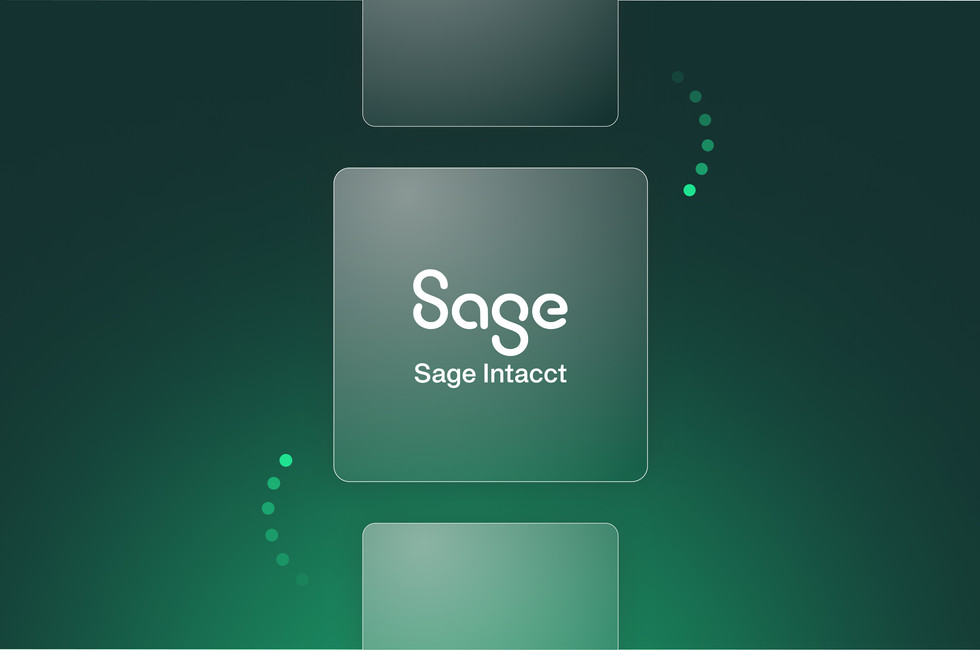
Mid-year budget check-in: Your smarter strategy for H2 '25



We’re just over halfway through 2025, so time to hit pause and ask the big questions. Are you tracking to plan or overspending? Have you tapped into automation and AI yet? And if the answer's no: What's next, and how can you set up for a powerful finish to the year?
By submitting this form, you agree to receive emails about our products and services per our Privacy Policy.
You've made it to July. Now, it's time to examine the last six months.
By July, most finance teams fall into one of two camps:
- Either you're tracking nicely to plan, or
- You've been pulled off course by the usual suspects: market shifts, headcount changes, undeliverable tools, or unexpected cost spikes
Whichever camp you're in, now's the time to take stock and set up a strong finish to the year.
But in 2025, that doesn't just mean combing through budgets with a red pen. It means asking: Are we using the right tools? Have we actually brought AI into the picture? And if not, why not?

Reflecting on the first half of the year
A solid mid-year budget review starts with honest reflection. What worked? What didn't? What caught you off guard, and what insights can you take into the second half?
At Payhawk, we see finance teams thrive when they focus not just on numbers, but on visibility and accountability.
Take State of Play Hospitality, for example. Our solution lets their venue managers track spending against budgets in real time, spotting overspending or anomalies before they get out of control. When they noticed DJ costs running higher than expected at a specific venue, they were able to act quickly, reallocating budget where it made sense and holding the line on profitability.
Andrew Jacobi, VP of US Finance at State of Play Hospitality, says:
Because of Payhawk's integration, we get complete global spend visibility in NetSuite. That data flow means we can understand our P&L very quickly with no headaches. For example, we might see that we planned $5,000 for DJs but spent $7,000. Then we can ask, were we overcharged? Or do we need to adjust next period's budget?
That kind of agility just isn't possible if you rely on end-of-month reports, spreadsheets, or disconnected tools. You need real-time insights and clean data, so embedded spend tools, automation, and seamless ERP integrations matter more than ever and must be high on your list for H2.
Why AI matters now, not tomorrow
Reporting is vital for a million reasons, but above all, it has to be accurate and useful. And here, halfway through 2025, that’s harder than it sounds. Finance leaders aren’t just expected to deliver clean numbers — they’re expected to explain why those numbers matter and how they connect to business goals.
This is where strong internal processes (and the right tech) become non-negotiable. When performance metrics are shared across departments, every team can see how their work drives outcomes. And when reporting is truly transparent, it gives stakeholders a clear sense of what success looks like and what to prioritise as the next budget cycle looms.
And of course, don’t forget the elephant in the room: AI (the biggest topic of 2025 and one that’s quietly reshaping how accurate reporting gets done). Here, we’re talking about embedded AI — smart tech built directly into your existing workflows.
At Payhawk, solutions like ours now include AI-powered finance agents who work behind the scenes: auto-coding expenses, matching transactions, flagging anomalies, and streamlining reconciliations to connect the dots (including to your ERP) that support your reporting speed and, more importantly, accuracy. (Never forget: Clean data in, clean data out.)
So when you're reviewing your reports and prepping your team for the next planning cycle, ask yourself:
- Are we still doing this manually and leaving room for human error?
- Are we chasing receipts and missing info?
- Or are we using tools that already layer in intelligence, give us answers faster, and free up our time for actual decision-making?
The most successful teams we see aren’t adding AI, they’re activating it (right where they already work).
Saving time & budgeting
Productivity continues to be a board-level obsession — and rightly so. But shaving hours off finance processes doesn’t mean throwing more headcount at the problem. It means building workflows that run themselves.
That’s where automation shows up as your silent hero, think:
- Reimbursements that trigger automatically
- Subscriptions tracked without a single spreadsheet
- Budgets are enforced through smart corporate cards
- And yes, AI quietly handles classification, matching, and reconciliation behind the scenes
Saving time on finance processes? Great, now you can focus on budgets and forecasting. Check back over H1 and assess how well you predicted your budget position by this point.
And this half: Give every department a tool they can actually use to manage spending (that they’ll love using, see reviews on G2 et al.) with the inbuilt spend controls and approval structures you need to report and analyse on every expense.
Forecasting in a volatile world
Even as UK inflation cools slightly and central banks consider potential rate cuts, the financial outlook for H2 2025 is cautious.
That’s why now is the time to get strategic, not just with spend, but with planning.
At Payhawk, our CFO Konstantin Dzhengozov describes:
Every quarter, we evaluate our full stack before any software renewal. We ask: Are we really using this tool? Could we get the same value at a lower cost? Subscription spend is a huge line item, and we treat it like any other critical vendor decision.
It’s an approach that aligns with proactive, zero-based budgeting, an existing trend that shows no sign of slowing in 2025.
Rather than rolling forward assumptions, teams are taking a blank-sheet approach. Every expense gets justified. Every tool gets assessed. And the teams who do this best? They’re the ones who’ve already brought AI into the fold, not as a shiny add-on, but as a quiet supporter of smarter planning.
Wrapping up: What to do next
So, what does a smart mid-year strategy really look like? It starts with honest reflection, not just on performance, but on whether your current tools and processes are still fit for purpose. It means being willing to let go of what’s no longer working and open to using what’s already at your fingertips more effectively.
That includes AI. Not as some future investment or standalone project, but as something you can start benefiting from now, especially if it’s already embedded in the tools your team uses every day.
And if you still have budget to spend in 2025, put it towards something that makes your life easier before the year is out. At Payhawk, customers typically reach ROI in under 10 months, save days each week, and recover as much as €2 million a year through accurate VAT reclaims.
Book a personalised demo to see how we can support your business’s unique spend needs — and make the second half of the year your most efficient yet.
Trish Toovey works across the UK and US markets to craft content at Payhawk. Covering anything from ad copy to video scripting, Trish leans on a super varied background in copy and content creation for the finance, fashion, and travel industries.
Related Articles


Sage Intacct integrations with spend management: Worth it?

